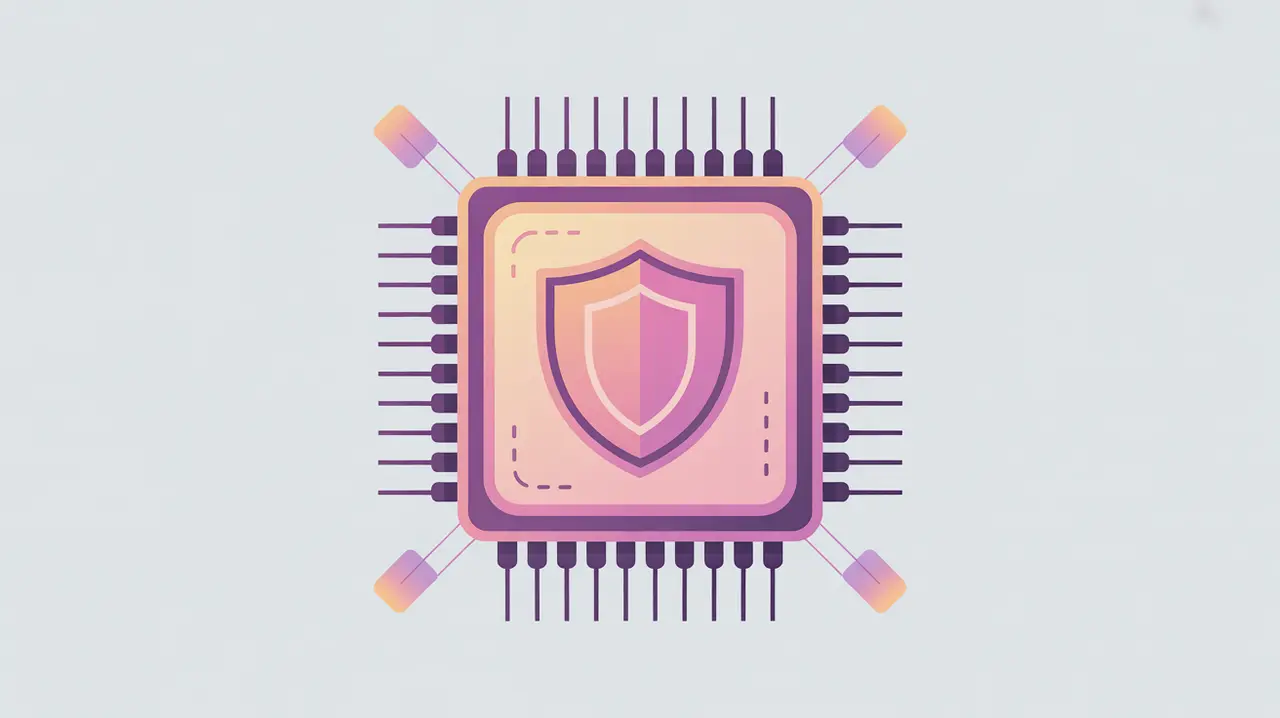Importance of Secure Enclaves and Trusted Execution
Secure Enclaves and Trusted Execution Environments (TEEs) are hardware-based security features that protect sensitive data and computations from unauthorized access, even when the broader system is compromised. They create isolated environments within processors where code and data can be processed securely. Their importance today lies in enabling privacy-preserving AI and data analysis in cloud and distributed systems, where trust in infrastructure cannot be assumed.
For social innovation and international development, secure enclaves and TEEs matter because mission-driven organizations often rely on third-party infrastructure and cloud services to process sensitive data. These tools help ensure that personal, health, or humanitarian data remains protected from breaches, misuse, or surveillance.
Definition and Key Features
Secure enclaves were popularized through Intel’s Software Guard Extensions (SGX) and ARM’s TrustZone, with other implementations now available across major chipmakers. TEEs guarantee confidentiality and integrity by isolating workloads from the operating system, hypervisor, and even the cloud provider itself.
They are not the same as traditional encryption, which secures data in storage or transit but not during computation. Nor are they equivalent to organizational governance policies, which rely on compliance rather than technical isolation. Secure enclaves provide protection at the hardware level.
How this Works in Practice
In practice, a secure enclave allows an organization to run sensitive AI computations, like analyzing medical images or refugee data, on cloud servers without exposing raw information to the provider. Keys are managed within the enclave, and cryptographic attestation verifies that only approved code is running. This makes TEEs especially useful for collaborative projects where data privacy is paramount.
Challenges include vulnerabilities in specific hardware implementations, performance overhead, and limited developer expertise in enclave programming. Governance issues such as key management and trust in hardware vendors also remain critical concerns.
Implications for Social Innovators
Secure enclaves and TEEs strengthen data protection for mission-driven work. Health programs can process patient data across hospitals using cloud-based AI without compromising confidentiality. Education initiatives can secure student records in centralized platforms. Humanitarian agencies can manage aid distribution data on shared infrastructure while protecting beneficiaries. Civil society organizations can advocate for enclave use in sensitive civic data projects to build trust and accountability.
By safeguarding data during computation, secure enclaves and trusted execution environments provide an essential layer of protection for AI systems in high-stakes contexts.







